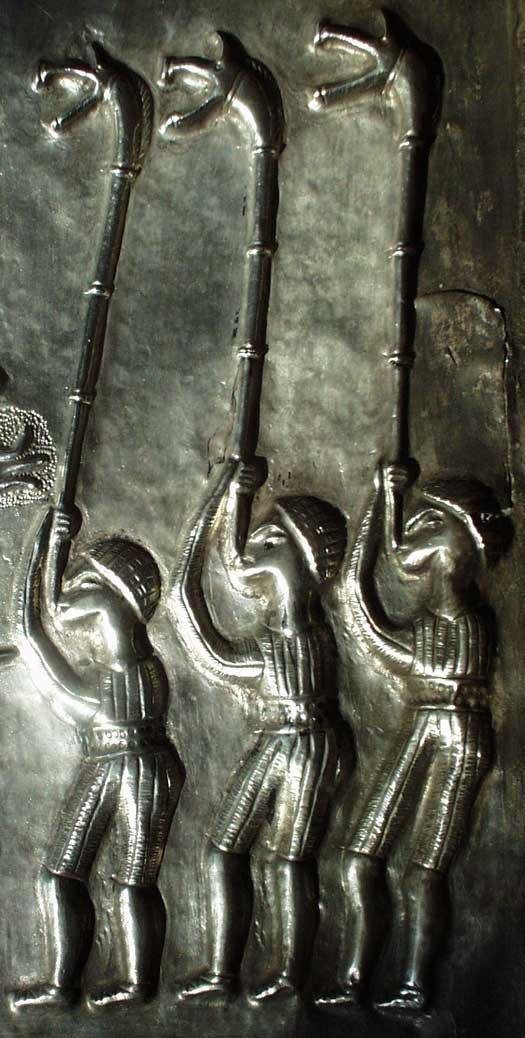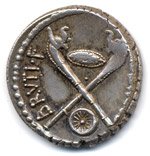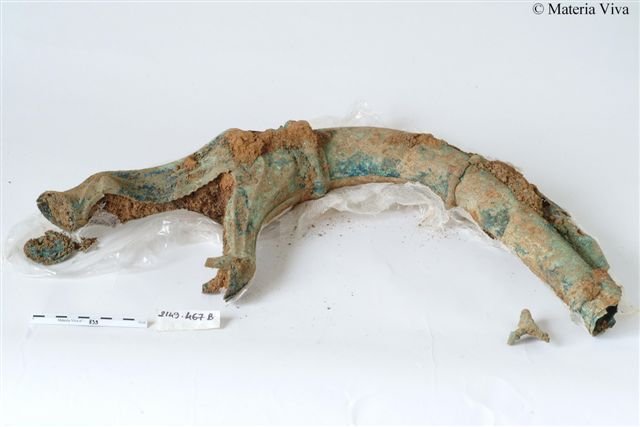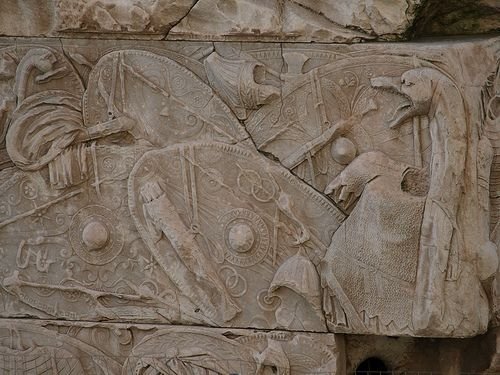The Carnyx: An Ancient War Trumpet

The carnyx was a magnificent instrument that has left a fascinating impression in the historical record. Diodurus Siculus, writing between 60 and 30 BC, described the strange carnyx of the Gauls:
Their trumpets are of peculiar nature and such as barbarians use, for when they are blown upon they give forth a harsh sound, appropriate to the tumult of war.
Indeed, the conventional view is that the carnyx was specially adapted for warfare. Upwards of 2 meters in length, the horn was held vertically above the heads of soldiers to project across the battlefield. The top of the carnyx featured the head of a boar, serpent or other beast. Spectacularly, some of these heads had jointed tongues and jaws, which would move as the instrument was played. The total effect was surely terrifying; Polybius (c. 200-116 BC) described the sound of the Celts at the Battle of Telamon (225 BC):
The Romans . . . were terrified by the fine order of the Celtic host and the dreadful din, for there were innumerable horn-blowers and trumpeters, and, as the whole army were shouting their war-cries at the same time, there was such a tumult of sound that it seemed that not only the trumpets and the soldiers but all the country round had got a voice and caught up the cry.
Modern reconstructions give us an uncertain sample of the sound:

With Rome's conquest of 'barbarian' lands came depictions of carnyces on coins and monuments. Among the coins commemorating Caesar's success in Gaul is a coin of crossed carnyces. Likewise, Trajan's Column celebrates the victory over the Dacians with images of carnyces.

Archaeologists have uncovered carnyces across the traditional region of the Celts, with discoveries in modern Scotland, Germany, France, Switzerland, and Romania. There is growing evidence that the instrument was not used exclusively for warfare. Some carnyces appear to have been held horizontally, blocking their use in formation. Additionally, carnyces have been found from peaceful eras and locations. The horn surely had both combative and ritualistic functions.

Thanks for another history lesson :)